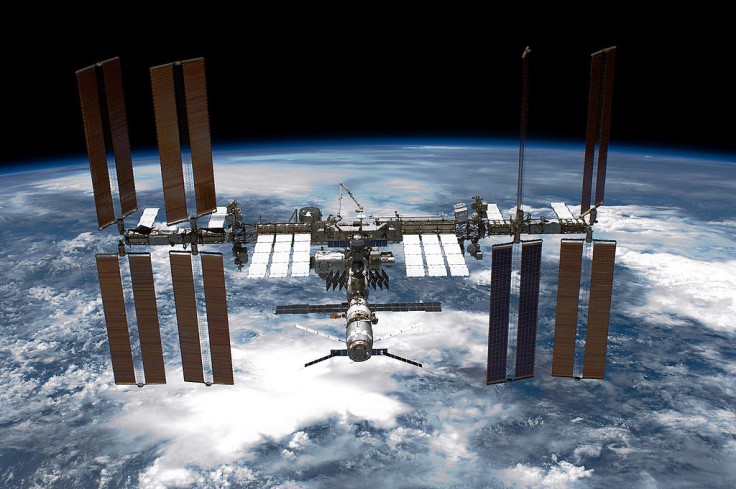Studies showed that small gaseous planets that are not found in our solar system are losing their atmosphere, which causes them to transform into super-Earths.
These small gaseous planets are called mini-Neptune. They are called mini-Neptunes because they are like smaller, denser versions of the planet Neptune, which consists of large rocky cores surrounded by thick blankets of gas.
Meanwhile, several times the Earth's mass, rocky planets are called super-Earths.
Both mini-Neptune and super-Earth belong to Exoplanets, or by NASA's definition, any planet found outside of our solar system.

What Are Exoplanets?
Most exoplanets orbit other stars. But are also other exoplanets called rogue planets, which are free-floating exoplanets (unattached to any stars) that are orbiting the galactic center.
As NASA explains, most of the exoplanets known to date are concentrated in a small area of the Milky Way. Interestingly, there are more planets than stars in the galaxy.
In terms of composition, exoplanets range from very rocky (eg., Earth and Venus) to very gaseous (eg., Jupiter and Saturn).
Since then, thousands of exoplanets have been discovered from all the explorations that NASA has accomplished.
Exoplanets are categorized into two: mini-Neptunes and super-Earths.
Read Also : New Hubble Telescope Pictures Gives Grand View of Giant Planets! Close Look at Jupiter, Saturn and MORE

How Mini-Neptunes Become Super-Earths
The recent findings provide further explanation to how mini-Neptunes transform into super-Earths.
Two occurrences of mini-Neptune planets losing their puffy atmospheres and presumably converting into super-Earths have been discovered by astronomers.
According to NASA, the atmospheres of mini-Neptunes are being stripped away by radiation, causing hot gas to escape. This can be compared to steam escaping from a kettle as the water boils.
This helps create further understanding of how such exotic worlds form and evolve and explain a mysterious gap in the size distribution of planets found around other stars.
Based on the report, radiation from the stars around the planets (exoplanets) stripes their atmospheres away, which allows the hot gas to escape.
The teams of Astronauts who conducted the study used the Hubble Space Telescope of NASA to look at two mini-Neptunes that are orbiting a planet called HD 63433. This HD HD 63433 planet is located 73 light-years away.
Then, they also used the W. M. Keck Observatory in Hawaii to study one of two mini-Neptune planets.
Based on their findings, atmospheric gas is escaping from the innermost of the first mini-Neptune (called TOI 560.01) and outermost of the second mini-Neptune (HD 63433c).
The team interpreted this discovery as something that suggests that they could be turning into super-Earths.
According to NASA, Mini-Neptunes are between 2 and 4 times the size of Earth. These kinds of planets do not exist in our solar system.
This recent study is essential because it might help explain such differences in sizes.
One possible explanation for this size gap, based on their study, is that the mini-Neptunes are transforming into the super-Earths.









